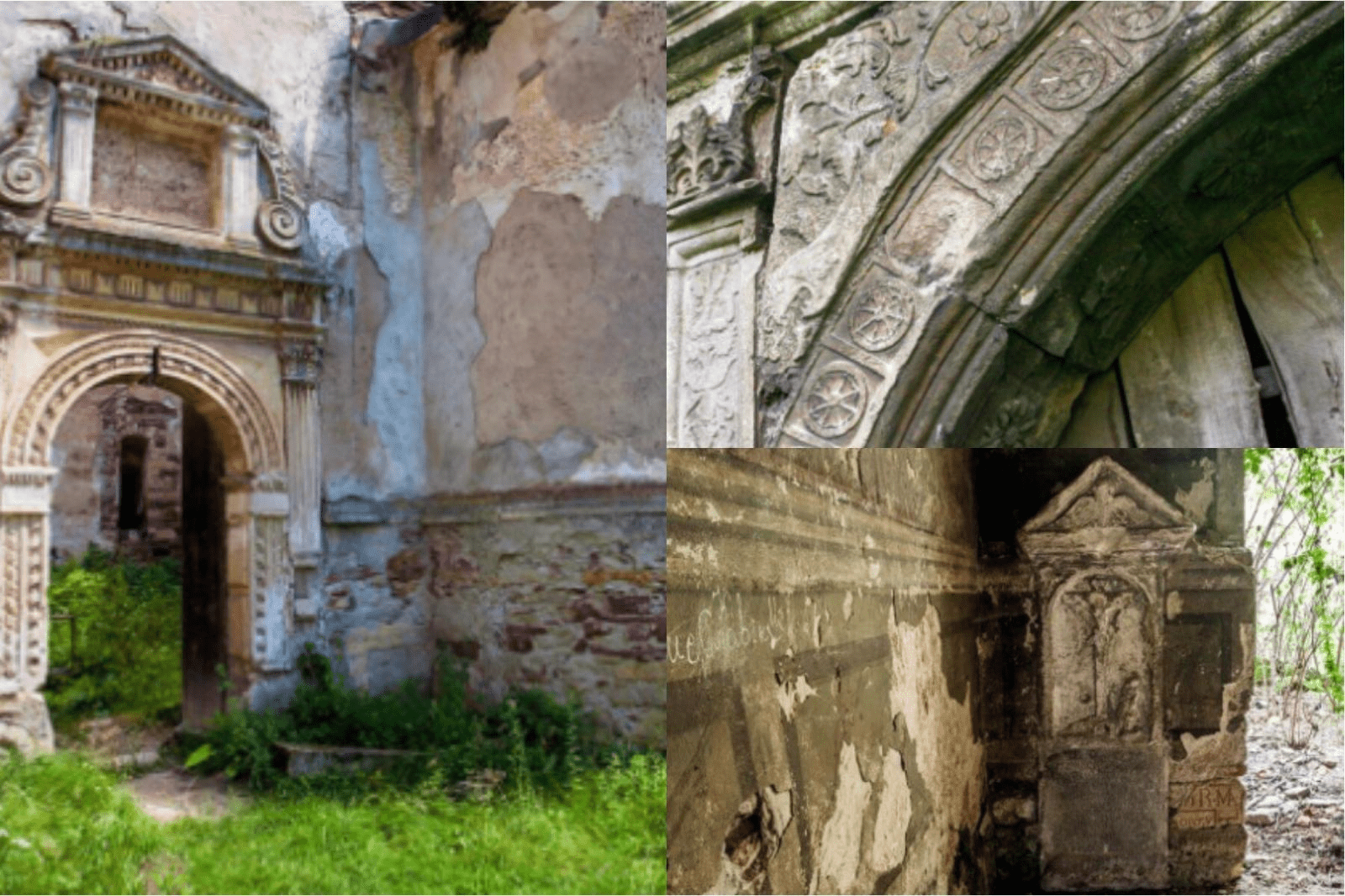17th-century complex hydraulic well built by Armenians discovered in Ukrainian village

A unique 414-year-old Armenian monument has been discovered in Ukraine’s Ternopil region, the Union of Armenians of Ukraine announced in a statement.
Researchers in the village of Yazlovets discovered an Armenian well built in 1611.
Most of the structure lies underground. Beneath what appears to be a simple stone-lined spring is a complex hydraulic system created by Armenian craftsmen in the 17th century. Water from a powerful source first flows into an underground reservoir before emerging outside.
On the wall of the spring, a carved stone slab with inscriptions in Latin and Armenian has been preserved. It reads:
“Armenian Hakob built this in 1611 for the welfare of society. This cross and the constructed spring are the work of Hakob and his brother Stepan. Abraham, the stonemason, performed his craft with devotion.”
At the top of the slab, an eagle with outstretched wings is depicted, with a cross below it adorned with intricate floral patterns.
Researchers believe that the Armenian craftsmen of Yazlovets may also have created carved ornaments for the local church and the gates of the old fortress.





